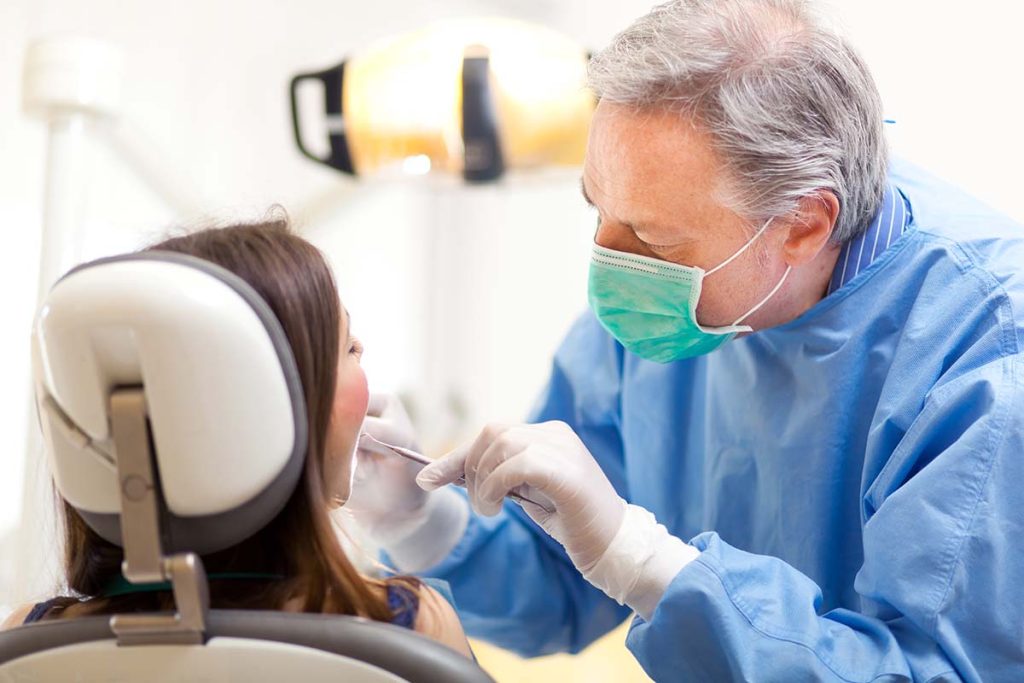
Dental emergencies can occur at any time and may vary from sudden pain or swelling to severe accidents that damage the teeth and gums. Whether it’s a chipped tooth, a sudden toothache, or a dental injury from a fall or sports activity, prompt care is crucial to minimize discomfort and prevent further damage. Other emergency dental services address a wide array of issues, ensuring that your dental health is maintained and any problems are dealt with swiftly and effectively.
Types of Urgent Dental Problems
Dental emergencies can encompass a wide range of situations, each requiring immediate attention to avoid complications. Some of the most common emergencies include knocked-out teeth, severe toothaches, abscesses, broken or cracked teeth, and trauma to the gums or mouth. Delaying treatment for any of these issues can result in long-term damage, infection, or loss of teeth. Timely intervention can alleviate pain, restore functionality, and ensure that oral health is preserved.
The Role of Emergency Dental Care
Emergency dental care aims to address urgent issues quickly, providing pain relief, stopping infections, and preventing long-term consequences. Depending on the type of emergency, immediate care may include anything from cleaning and disinfecting a wound to reattaching a knocked-out tooth or providing medication for infection. A dentist trained in emergency care can assess the situation, offer immediate relief, and develop a treatment plan to address any underlying problems that may need further attention.
Other Emergency Services
Toothaches and Pain Relief
A severe toothache is one of the most common reasons for seeking emergency dental care. Tooth pain can be caused by various issues, including cavities, infections, or gum problems. Immediate care can involve determining the cause of the pain, treating the underlying issue, and providing pain relief options. If an infection is present, antibiotics may be prescribed, and the problem will be addressed with restorative or surgical treatments if necessary.
Abscess Treatment
An abscess is a painful infection that forms around the root of a tooth or in the gums, often resulting in swelling, redness, and severe discomfort. Abscesses can quickly spread to other parts of the mouth or body, so immediate treatment is necessary. Emergency care for abscesses typically involves draining the infection, addressing any underlying cause (such as decay or gum disease), and prescribing antibiotics to prevent further complications.
Knocked-Out Teeth and Re-implantation
In the event of a knocked-out tooth, immediate action is essential to maximize the chances of successful re-implantation. If the tooth is located within an hour of the injury, emergency dental care may involve cleaning the tooth, repositioning it in its socket, and stabilizing it to encourage healing. If re-implantation isn’t possible, dental professionals will discuss alternatives like implants or bridges to restore function and aesthetics.
Broken, Cracked, or Chipped Teeth
Broken or cracked teeth often result from accidents, falls, or chewing hard substances. These dental injuries can leave the tooth vulnerable to infection and further damage. Immediate care for broken or chipped teeth involves assessing the damage and determining the most effective treatment, which may include placing a filling, bonding, or, in severe cases, a crown. Restoring the tooth quickly helps prevent further complications, such as infection or tooth loss.
Trauma to the Gums or Mouth
In addition to tooth-related injuries, dental trauma can also involve damage to the gums, lips, or the inside of the mouth. Lacerations or cuts in these areas may cause pain, swelling, and bleeding, and if left untreated, they can lead to infection or scarring. Emergency treatment for oral trauma focuses on cleaning the wound, controlling bleeding, and ensuring proper healing. In some cases, stitches may be required to close the wound.
Dental Injury from Sports or Accidents
Sports-related dental injuries are common, particularly in contact sports or high-risk activities. These injuries may include broken teeth, cuts to the mouth, or displacement of teeth. Protective mouthguards can help prevent many of these injuries, but when they occur, quick emergency care can prevent further damage. Treatment may involve splinting a tooth, replacing a lost crown, or repairing fractures to restore the tooth’s structure.
Dislodged Fillings or Crowns
When a filling or crown falls out, the tooth beneath can become exposed to bacteria, which could lead to further decay or sensitivity. Immediate care can involve placing a temporary restoration to protect the tooth until a permanent solution is provided. If necessary, the dentist will replace the lost filling or crown to restore the tooth’s function and prevent additional damage.
Post-Emergency Care and Follow-Up
After addressing a dental emergency, follow-up care may be needed to ensure proper healing and long-term dental health. This may include scheduling additional appointments for restorative treatments, monitoring the affected area for signs of infection, and providing guidelines for maintaining oral hygiene while the tooth or gums heal. Follow-up care ensures that any underlying issues are thoroughly addressed, and the risk of future complications is minimized.
Preventing Dental Emergencies
While not all dental emergencies can be avoided, there are steps you can take to reduce your risk. Wearing a mouthguard during sports, avoiding chewing on hard objects, and maintaining a regular oral hygiene routine can help protect your teeth and gums from injury. Regular dental visits allow for the early detection of potential issues, ensuring that problems can be addressed before they lead to an emergency.

